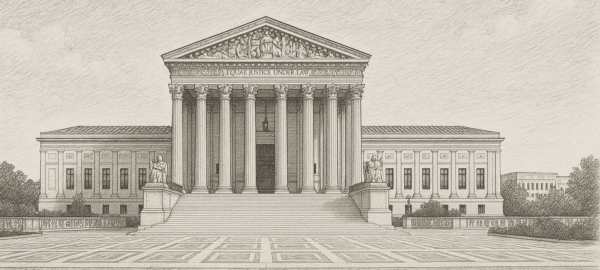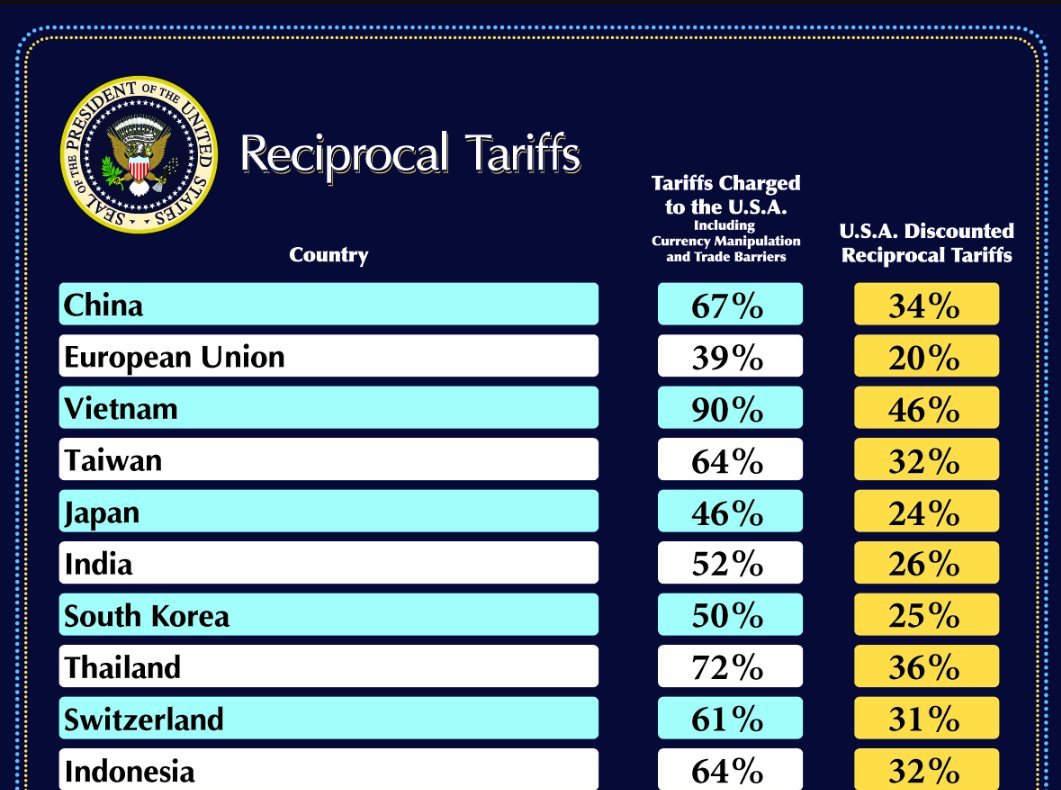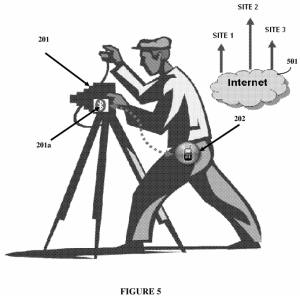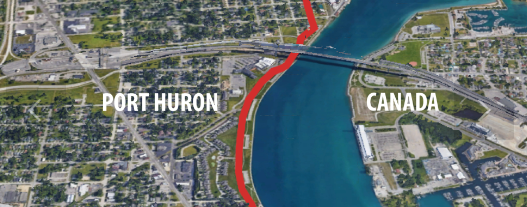USDOJ: Contributory Infringement Requires Conscious and Culpable Acts
The Supreme Court is being asked to resolve a high-stakes battle over when Internet Service Providers (ISPs) can be held liable for their users’ copyright infringement. Two petitions — Cox Communications, Inc. v. Sony Music Entertainment (No. 24-171) and Sony Music Entertainment v. Cox Communications, Inc. (No. 24-181) — stem from a Fourth Circuit decision involving a $1 billion jury verdict against Cox for music piracy on its network. In November 2024, the Court invited the Solicitor General (SG) to weigh in. In late May 2025, SG John Sauer filed the government's brief, recommending that the Supreme Court grant Cox’s petition to clarify—and ultimately narrow—the standard for contributory infringement.
For this post, I take a step back and talk through some of the legal doctrines at issue — contributory & vicarious liability — in the context of ISP copyright infringement and then delve into how they might apply in Cox.
Background: The litigation began when a consortium of record companies and music publishers (including Sony Music) sued Cox Communications for copyright infringement based upon actions by Cox’s internet subscribers. The alleged infringements occurred in 2013–2014, when Cox users engaged in massive peer-to-peer file sharing of music over networks like BitTorrent. At the time, anti-piracy agent, MarkMonitor, sent Cox hundreds of thousands of infringement notices identifying Cox subscribers by IP address. But, Cox’s internal policy was to follow an admittedly lax “thirteen-strike” system: repeat infringers would receive warnings and temporary suspensions, but Cox often declined to permanently terminate paying customers’ accounts. Evidence presented in the case showed Cox implemented its policy haphazardly—terminating only 33 subscribers for copyright abuse while tolerating many more—because it “wanted to avoid losing revenue” from monthly subscriber fees.
To continue reading, become a Patently-O member. Already a member? Simply log in to access the full post.






